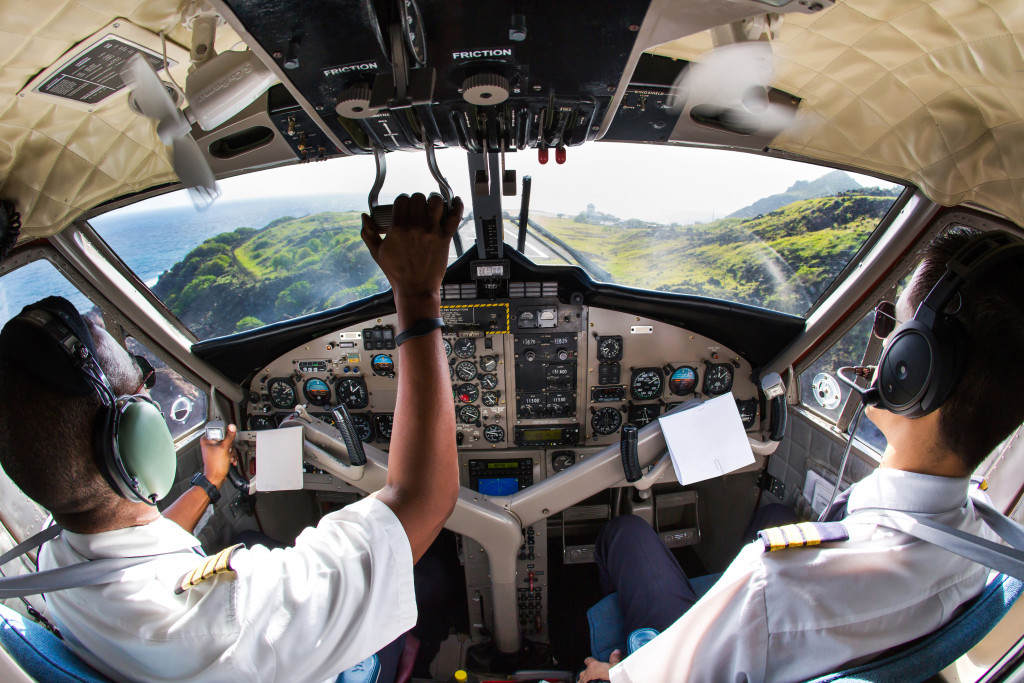The aerospace industry is a vast industry worth over $700 billion. However, it is currently facing several challenges that could significantly affect its future. From environmental concerns to technological advancements, these five challenges will dramatically impact how we travel in the years to come. So let’s take a closer look at what’s ahead.
Environmental Impact
One of the most significant issues facing the aerospace industry today is how it will address its environmental impact. Airplanes are one of the largest sources of carbon emissions, and as more people fly around the world, this issue becomes increasingly important. As a result, some airlines have begun investing in eco-friendly aircraft, such as electric planes and those powered by biofuels, to reduce their carbon footprint. Additionally, many airlines are now taking steps to reduce their waste output and increase their use of recycled materials.
Technological Advances
Another challenge facing the aerospace industry is keeping up with technology. As technology advances rapidly, it can be difficult for companies to stay up-to-date on what’s available and how it can be used. As a result, companies must invest in research and development to remain competitive in an ever-changing marketplace. They must also ensure that their employees are adequately trained to use new technologies to keep up with their competitors.
Safety Concerns
The safety of passengers is always a top priority for any airline or aerospace company. Airlines must adhere to strict safety regulations set by governing bodies like the FAA (Federal Aviation Administration). Additionally, they must constantly evaluate their procedures and methods to ensure that they follow all applicable regulations and ensure passenger safety at all times. This may require additional training for staff or purchasing new equipment or supplies that meet safety standards.

Cost Containment
As with any business, cost containment is essential for an airline or aerospace company’s success. However, for these businesses to remain profitable, they must find ways to control costs without sacrificing quality or service levels. This may include renegotiating contracts with suppliers or vendors for better prices, reducing overhead costs through automation or outsourcing specific tasks, or finding other ways to make operations more efficient without cutting corners on safety or customer service levels.
Space Exploration
Lastly, the aerospace industry is also responsible for space exploration. This area offers endless opportunities for innovation and growth, but it also comes with a host of challenges. One of the biggest obstacles facing space exploration today is funding. Without sufficient resources, aerospace organizations will be unable to accomplish their goals. To overcome this challenge, companies to explore different revenue streams or collaborate with other companies.
Technologies Helping the Industry
By understanding these five significant challenges today, airlines and other aerospace companies can better prepare themselves for whatever lies ahead in this ever-evolving industry. Additionally, they can utilize technology to improve their services and even deal with some of these problems.
Advanced RAMs
RAMs are crucial for managing the enormous amounts of data collected by today’s aerospace systems. With advanced RAMs, organizations can better organize and analyze this data to address safety concerns and other challenges they may face. However, thermal energy and radiation can all regularly damage RAMs. Thankfully, there are now RAM for aerospace industry that can better withstand these environmental factors, making them an even more valuable tool in the aerospace industry today. In addition, these RAMs often have much higher capacities and lower power consumption, making them a key component in the continued success of aerospace organizations.
Computer-Aided Design (CAD) Software
Computer-Aided Design (CAD) software has helped streamline many aspects of aerospace design and engineering processes. With CAD software, engineers can quickly create intricate designs that would otherwise take much longer to produce manually. These designs can then be used for rapid prototyping or even full-scale production runs, thanks to the 3D printing technology mentioned earlier. This helps reduce overall development costs while allowing companies to stay ahead of their competition regarding product design and innovation.
Simulation Software
Simulation software has become an invaluable tool for testing new aircraft designs before they’re built or flown in real-world scenarios. By running simulations on powerful computers, companies can test new designs far more quickly and accurately than ever before, giving them a better understanding of how their product will perform once it’s out in the natural world environment. This helps reduce risk by allowing companies to safely test their products before investing large amounts of money into production runs or flight tests.
The aerospace industry is growing, but it’s facing a couple of problems today. By fixing these problems through technology and creative thinking, the industry is poised to lead humanity to the stars in the future.
